Common privet: planting and care, necessary conditions for growing
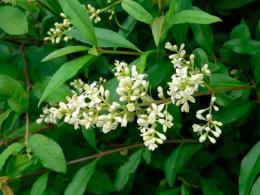
Many gardeners and gardeners strive to create a hedge. There are different types of shrubs that are suitable for green fencing. One of the common plants for these purposes is privet. This plant is used not only in landscape design, but also in folk medicine.
Content:
Common privet: description of the plant
Common privet is an ornamental, evergreen and deciduous shrub. The plant can reach 3 meters in height. The leaves can be yellow-green or dark green. They have an oval shape. They reach 6 cm in length and 1.5 cm in width.
Privet flowers are cream-colored and collected in panicles. The plant blooms in early summer for 20-25 days.
Until the end of December, the bush bears fruits that are poisonous. This is a frost-resistant plant and can withstand up to 30 degrees below zero. Privet is a drought-resistant plant and does well in a variety of soils. Multiply can be done in several ways: cuttings, seeds, suckers.
Features of cultivation
For normal growth and development of privet, you need to create the necessary conditions. The plant needs good lighting, but does not like scorching sunlight.In summer, it is recommended to take the plant outside and place the container in the shade. In winter, common privet is placed in a cool place, where the temperature should be no more than 12-14 degrees. The plant does not like drafts and temperature changes.
It is advisable to place the pot of privet in a well-ventilated place. Privet will not grow well on acidic and sandy soil. The soil should be moist and slightly alkaline. The soil mixture can be purchased at the store or made yourself. To do this, you need to take 3 parts of turf, 2 parts of humus and 1 part of sand. It is recommended to add a little lime to the soil.
Mix all ingredients thoroughly. The plant is best planted in open areas, but some species can also be grown at home. The area for planting privet should be dug to a bayonet depth. The approximate size of the pit is 65x65cm. The depth should be greater root system plants. Pour water into the dug hole and wait until it is absorbed. Next, pour a layer of crushed stone about 10-12 cm onto the bottom and make a small mound.
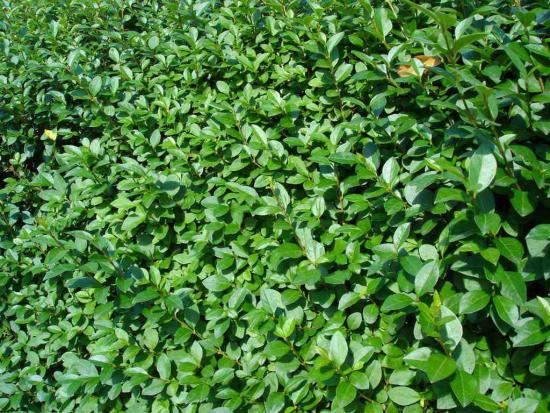
Fertilizer can be added to the soil. Then the roots of the seedling are straightened and carefully placed in the hole. At the final stage, fill the hole with soil mixture. The distance between the bushes should be about 30-40 cm. Transplantation can be done during the growing season at the time of swelling of the buds.
Plant care
Caring for privet includes performing certain activities, namely: pruning, watering, spraying, fertilizing. Shoots are pruned in late February. Shortening is also carried out during the growing season. With the onset of spring, it is necessary to prune damaged branches and cover large wounds with garden varnish.There is no need to trim the privet leaves, as they are too short.
.
It is important to remember to remove yellowed leaves and clean the trunk with a brush. If there is moss on the soil surface, it must be scraped off and removed. Water You need plenty of privet. First you need to wait until the soil absorbs the liquid, and then water again. In summer and winter, watering is increased, and in the autumn-spring period it is reduced.
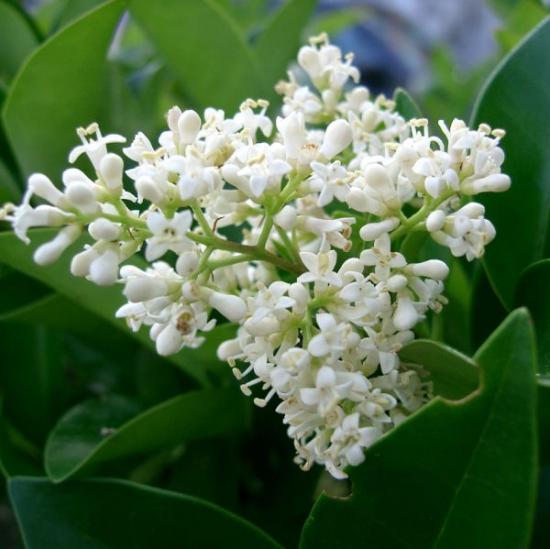
In hot summer weather it is recommended to spray the plant. Some species need feeding only once every 2-3 years. You can use potassium and phosphorus-nitrogen fertilizers. If necessary, mulch the soil around the plant with peat about 5-8 cm thick.
Application
Privet is one of the popular plants that is used in landscape design. This shrub grows quite quickly, so bonsai can be formed in a short time. A privet hedge will look original. Leaves, bark, and fruits of privet are widely used in folk medicine.
This plant has cardiotonic, antibacterial and hypotensive effects. The green mass of privet is used to prepare decoctions, tinctures, and extracts. A decoction based on common privet is used to treat stomatitis, pharyngitis and laryngitis. The fruits of the plant are a good laxative.
The raw material is also used for diseases lower respiratory tract, constipation, uterine bleeding, fever. It is important to remember that privet is a poisonous plant, so if you use certain parts of the plant, you should consult a doctor.
Common privet on video:


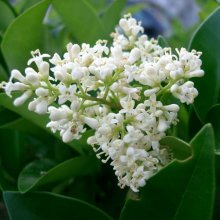
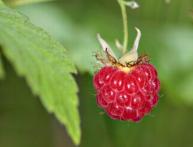

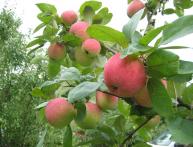
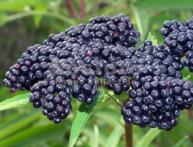
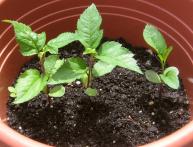
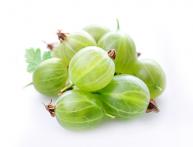

Comments
I have never heard of such a plant. Privet flowers resemble lilacs.It is not clear what is written in the article; at the beginning it is stated that the fruits of the bush are poisonous, and at the end, they are recommended to be used as a laxative.